Carousel Mall Dreams, Concrete Realities
Carousel Mall in San Bernardino, California, wasn’t built to be ordinary. When it opened in 1972 as Central City Mall, it was the city’s attempt at reversing downtown decline.
Two floors, 52 stores, three anchors. But that was only the shell. The real pitch sold a future: new jobs, busy sidewalks, even a monorail.
It never got that far. What was supposed to spark revival stalled early. And San Bernardino was left holding the plan.
Retail Ambitions, Urban Realities (1972–1991)
Central City Mall opened on October 11, 1972, with a full press of optimism.
JCPenney, Montgomery Ward, and The Harris Company took anchor spots—the rest of the 52-store lineup spread over two levels.
The city had sunk real hope into it. This was supposed to turn downtown into a magnet again.
What followed looked less like revival and more like retreat.
By 1974, the city’s expansion blueprint had already started to collapse.
The promised fourth anchor, the monorail tramway, the civic park—they stayed on paper.
None of the big follow-ups were funded.
Trouble set in fast. Gangs began treating the mall as their turf by the late 1970s.
Ownership shuffled between different firms. No continuity, no real oversight.
City officials had stakes in the mall’s success but didn’t manage it with care.
Maintenance slipped. The customer base thinned. The design aged quickly.
By the late 1980s, developers floated another fix: fresh paint, better lighting, a full interior renovation.
The hope was simple: get people back in. But the geography had already shifted. Inland Center, closer to I-215 and I-10, pulled shoppers away.
Even the street grid worked against Central City Mall by then.
Location, once the draw, had turned into a liability.
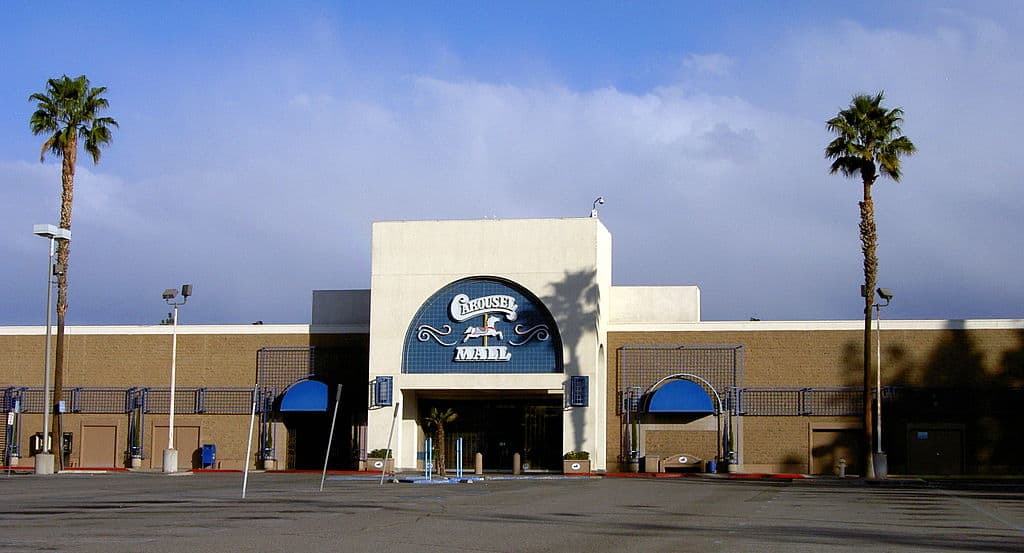
Rebrand on Credit, Sales in Decline (1991–2003)
In 1991, Central City Mall got a new name and a fresh coat of optimism.
The rebrand to Carousel Mall came with a literal carousel, brighter interior colors, and a design shift aimed at families.
The strategy was plain: displace gang traffic with kids and parents.
Retailers had already started thinning out, but the changes were supposed to buy time.
That time ran out fast. Inland Center, less than two miles south, pulled harder.
It had better freeway access and kept its anchors.
Gottschalks left Carousel Mall and joined Inland Center after merging with The Harris Company.
Montgomery Ward shut down in 2001 after the chain went out of business nationally.
That left JCPenney as the last anchor until 2003, when it too exited.
By then, the mall was down to smaller tenants and a few independent operators.
Management responded by bringing in San Bernardino County departments to occupy empty storefronts on the west end and along the 3rd Street side.
County offices became the biggest tenant in a space built for retail. The change wasn’t subtle.
Nothing about the mall’s structure matched the new uses.
Public counters sat where shoe displays once were.
A tax prep service opened near the shuttered cinema.
On the surface, it still looked like a mall. Inside, the retail logic had collapsed.
The anchor closures didn’t spark redevelopment. They froze it.
Without foot traffic or long-term leases, there was no business case to draw new chains.
By 2003, Carousel Mall wasn’t selling anything people had driven downtown to find.
Flipped Holdings, Fewer Tenants (2006–2017)
LNR Property Corp bought the Carousel Mall site in February 2006.
The acquisition came with plans for a high-density residential and commercial buildout, something more modern and compact.
The company held the property for two years. No permits were pulled. No designs went public. Nothing broke ground.
In January 2008, LNR sold the parcel to M & D Properties, based in Lynwood, California.
The sale price was $23.5 million. The deal included the adjoining CinemaStar theater, which closed the same year.
Once that happened, night traffic vanished. That left the western court, already half-full of government tenants, even quieter after hours.
By 2010, the tenant list was down to seventeen. One was an AM radio station. Another was a Jackson Hewitt Tax Center, which closed in 2012.
Four small restaurants held on, but there was no foot traffic to support growth.
San Bernardino City Unified School District, which had once maintained offices on-site, moved out the same year.
The mall’s last function was municipal. County departments used it for office space while new buildings were under review.
However, as leases expired and agencies relocated, the mall lost even that.
On August 22, 2017, the city shut it down completely.
The last few shops were evicted. The lights turned off.
Nothing inside was renovated after 2008. The infrastructure aged out.
HVAC units broke and weren’t replaced. The property had no functioning long-term plan.
From 2006 to 2017, the site sat mostly idle. Retail had long exited the equation. The building was waiting to be cleared.
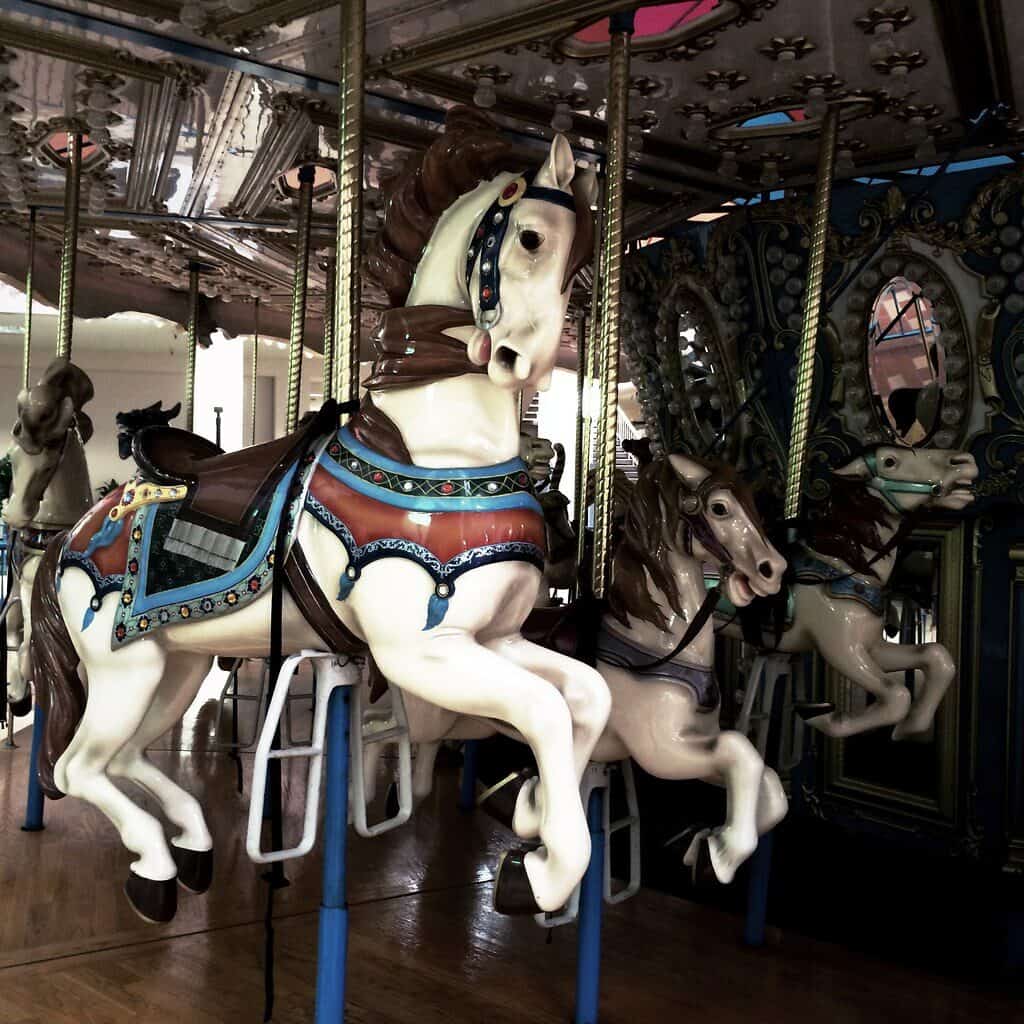
Asset Decay and Clearance Deals (2017–2024)
After the final closure in August 2017, the Carousel Mall sat locked behind chain-link fencing, but the building didn’t stay quiet.
Vandalism and trespassing picked up almost immediately.
The property’s carousel—the one installed in 1991 to reset its image—was sold in 2018.
By 2022, the property was a liability. On May 15, a fire caused by a vagrant was reported, damaging part of the interior.
In July, the San Bernardino City Council voted to demolish the mall and prepare the 43-acre site for sale.
Lincoln Property Company showed interest but backed out in October.
That same month, a copper thief was found electrocuted near a substation on the property.
Demolition began in April 2023 and was scheduled for completion by November.
As of April 2024, the mall structure was gone. What remained: the Harris building, the multi-story parking structure, and the enterprise building.
The Harris building had a different ownership history and was later donated to the city. On October 24, 2024, it caught fire.
One month later, a woman fell into an exposed manhole at the former mall site and had to be rescued by first responders.
The city never used the site for emergency shelter or public programming.
No temporary structures went up. The clearance was done strictly for resale.
That made the open ground one of the largest undeveloped parcels in downtown San Bernardino.
Gridlock in Land Value and Development Politics
The city didn’t own the entire parcel outright. One building—formerly Gottschalks—remained under private ownership.
The rest was wrapped in years of leasehold stakes, lapsed easements, and overlapping financial claims.
Legal and bureaucratic friction came standard with the site.
By the 2010s, the Carousel Mall property had become a textbook example of frozen urban acreage.
Part of the difficulty came from California’s policies.
The state shut down its Economic Redevelopment Agencies in 2012.
That cut off a funding path many cities used to finance long-term development through tax increments.
San Bernardino, already deep in bankruptcy proceedings at the time, lost both the money and the authority to restructure the site.
Several developers submitted proposals in the early 2000s and again after 2015.
Some wanted to raze everything and rebuild as a residential core with walkable retail.
Others pitched greyfield conversions. None moved forward.
Disagreements between investors, city planners, tribal stakeholders, and banks blocked action.
The site’s title history made fast approvals impossible.
In 2023, the city faced a formal complaint over its handling of redevelopment obligations under the Surplus Land Act.
The California Department of Housing and Community Development closed the case in May.
Around the same time, San Bernardino terminated its negotiating agreement with the San Bernardino Development Company, ending a stalled partnership.
By 2024, plans shifted to fast-tracking infrastructure updates to help resell the cleared land.
The mall was gone, but the real transaction—transfer of value from public use to private development—still sat in gridlock.
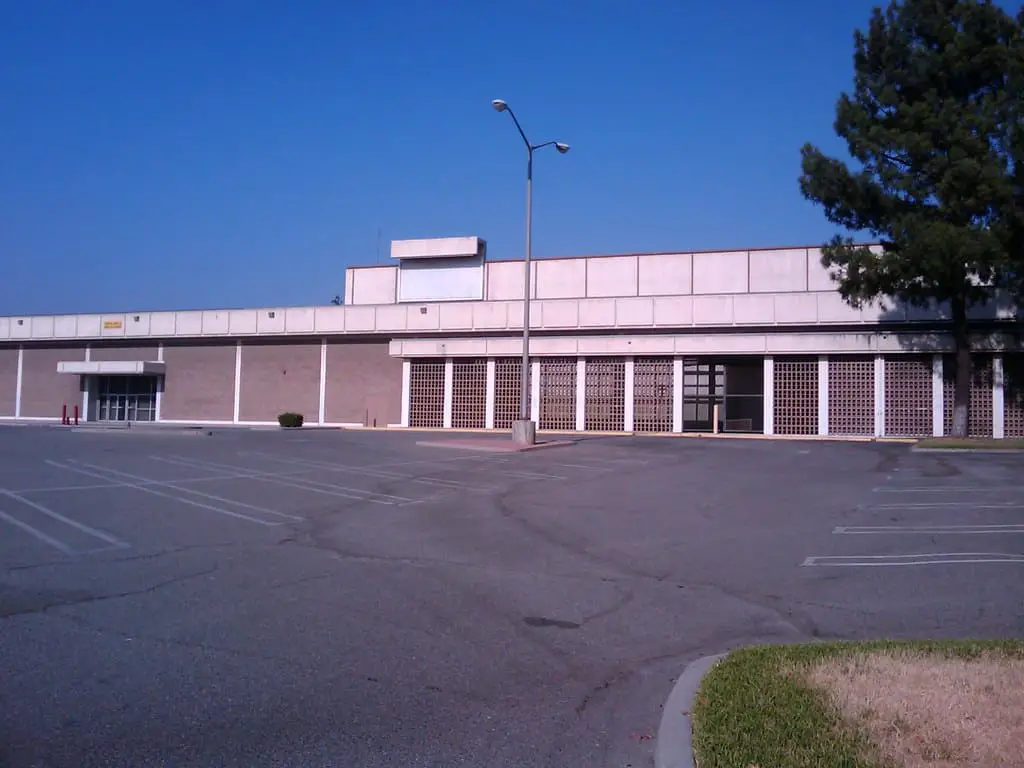
🍀


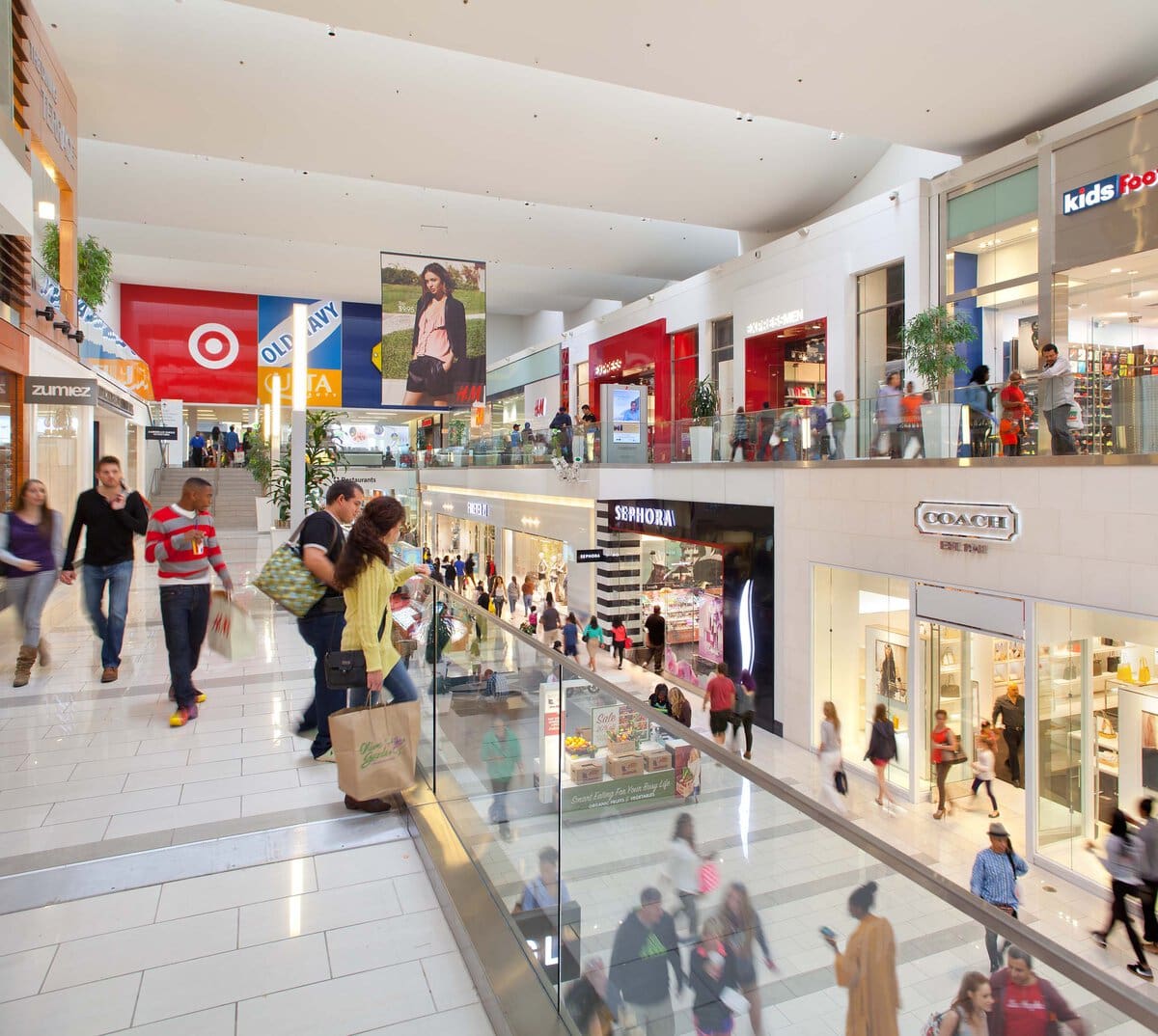

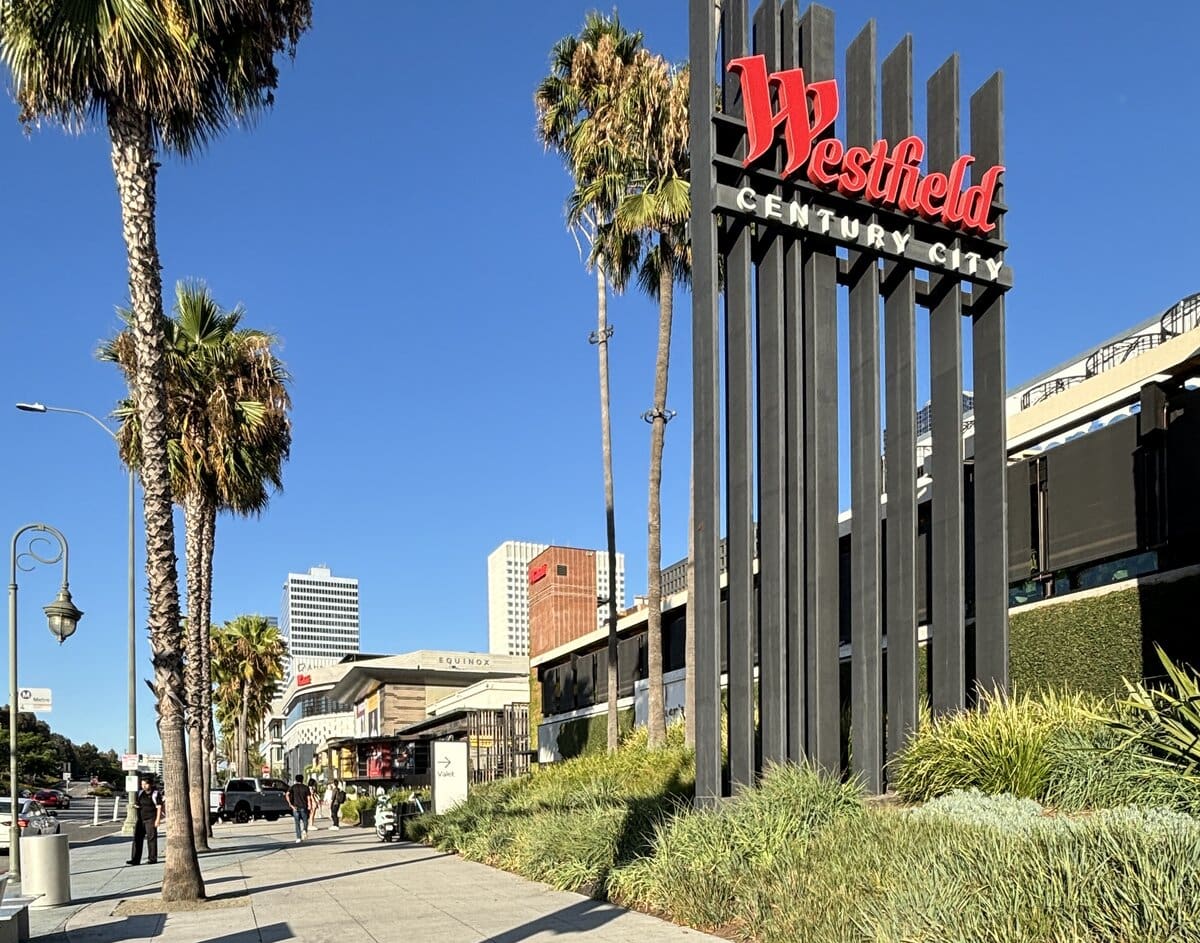
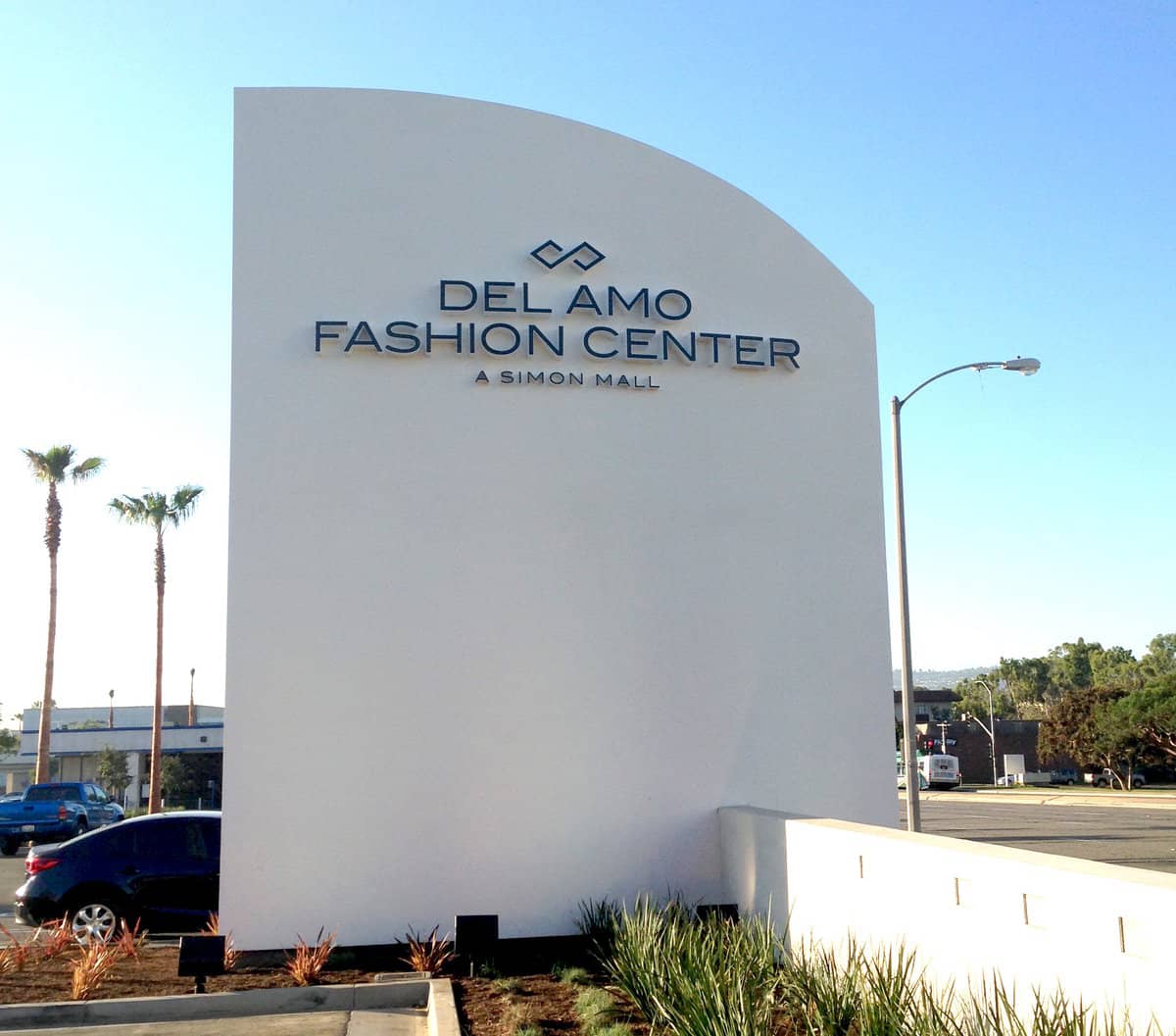

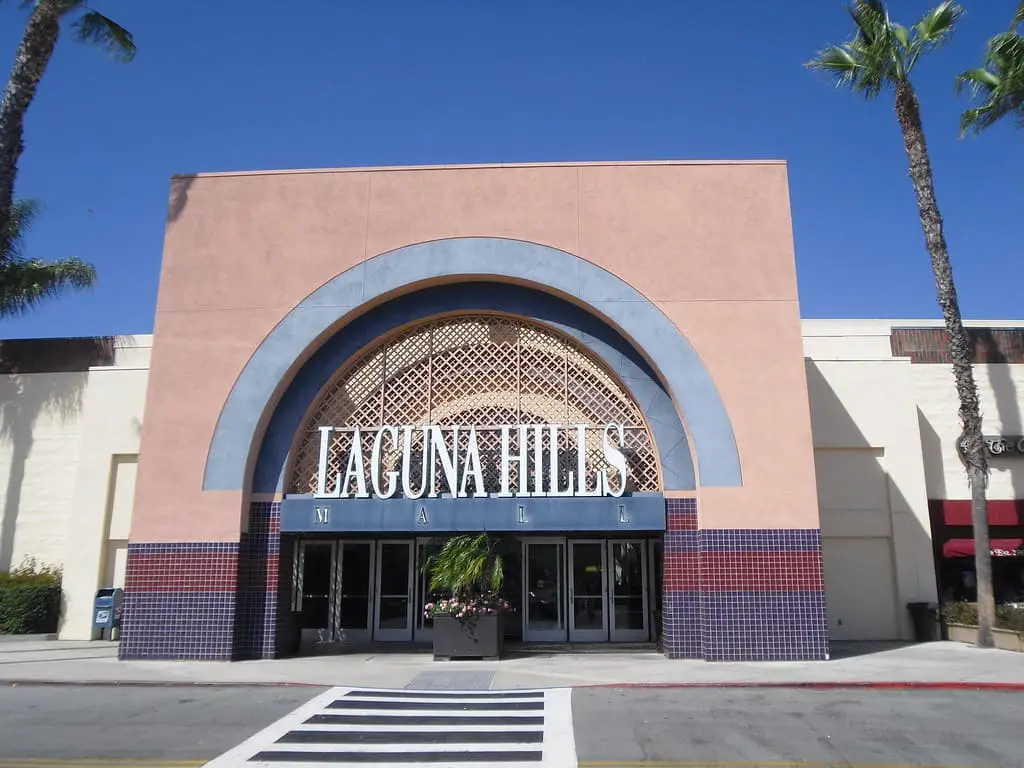
At the end of the day, the current condition, history, and fate of Carousel Mall is a direct reflection of the level of the city leaders’ business savvy. They’ve mishandled the entire project’s course. The mall didn’t build or manage itself. No city project ever has or ever will. When you look around at surrounding cities that have their acts together, it’s clear they didn’t accidentally handle business successfully. Success is NOT accidental. Qualified leaders know how to persuade and lead from goal-to-goal. San Bdo has lacking leaders, who circle, fail, bumble, then point fingers at one another…NOT a recipe for success. And the city’s financial state and its downtown blight is glaring evidence.
Thanks for raising your thoughts about Carousel Mall. Urban projects like this one can be messy—layers of policy, financing, and competing priorities all come into play. But the results still matter. The state of the mall and San Bernardino’s financial struggles have real effects on residents. What city leaders do next will show whether they can finally move past stalled plans and bring real changes to the ground.
Visionary. Wealthy. Driven to Make A Difference.
People still talk about the mall’s heyday with a mix of nostalgia and skepticism. The dream was to lift San Bernardino with a single bold project, but time put those hopes through the wringer. Some folks believed in the cause, others just went along for the ride, but nobody accused the founders of thinking small.